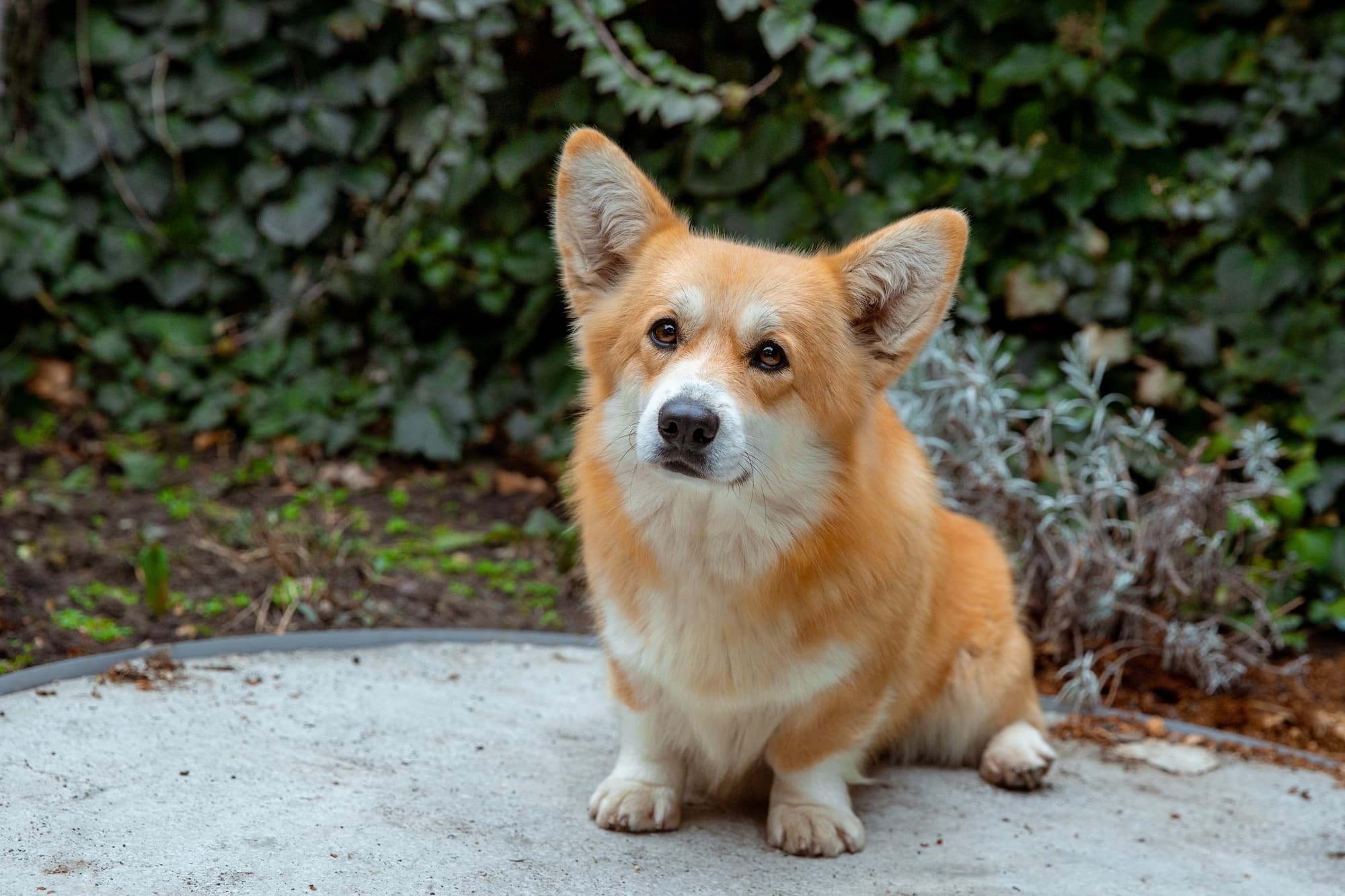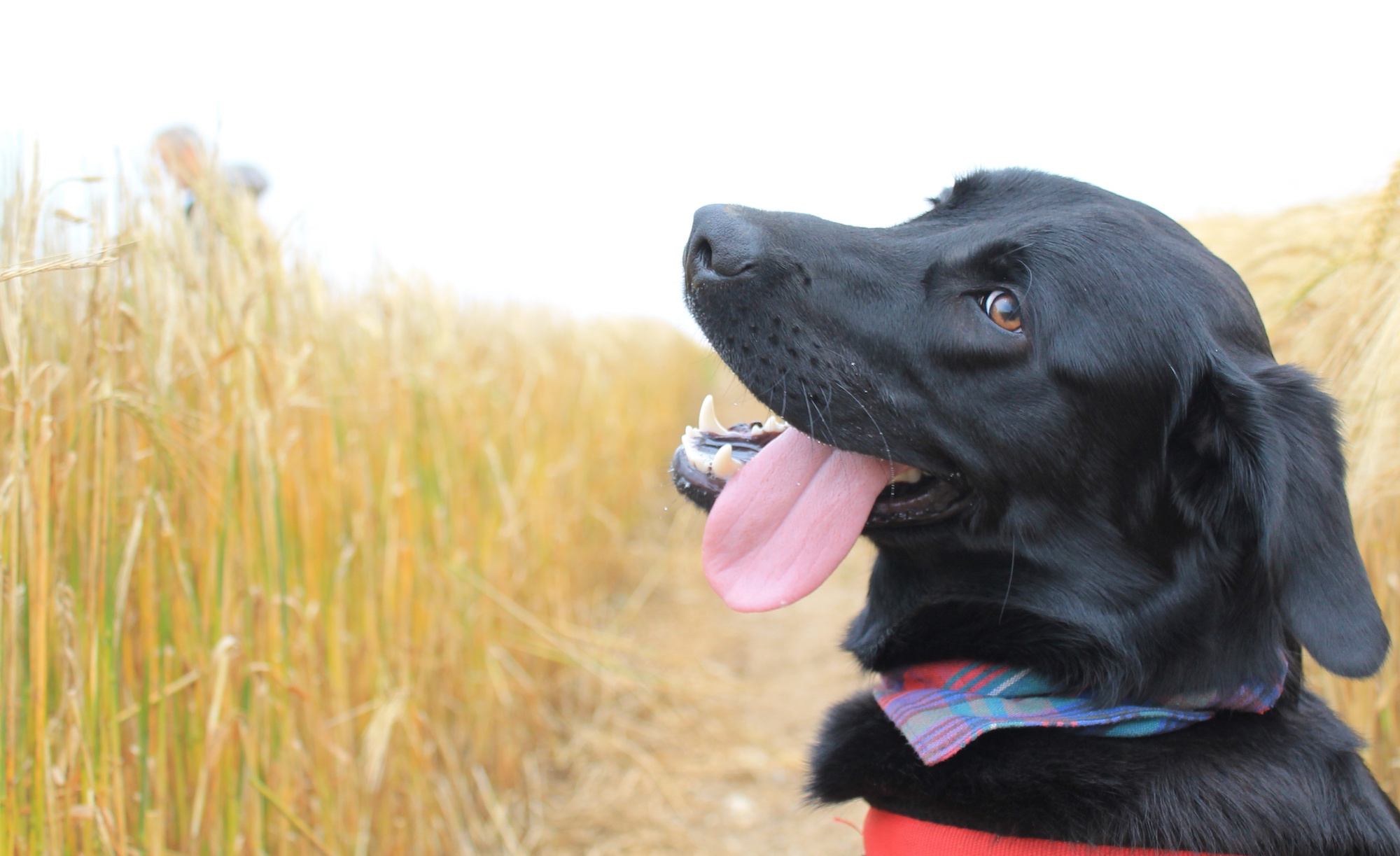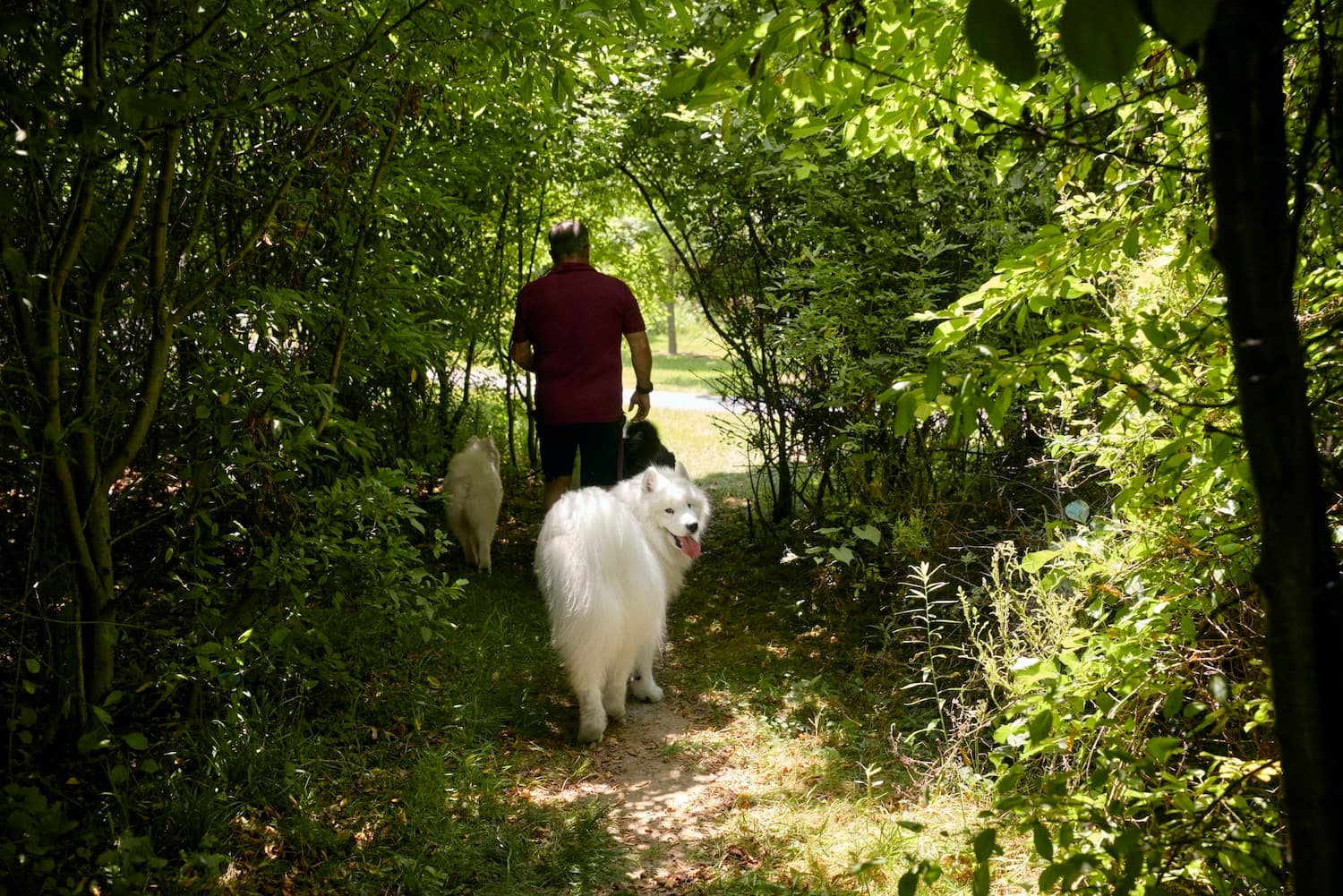In dogs, as in people, gum health can be an important issue on its own and have major implications for one’s overall wellbeing. Unfortunately, in another human/canine parallel, dogs’ gum health can too often be neglected and misunderstood. The good news is that there’s a lot you can do to monitor and take care of your dog’s gums before issues arise, and to address them if they do.
Be a gum-hue gumshoe: What to look for in the color of your dogs’ gums
Healthy dogs’ gums are typically a pink shade reminiscent of chewing gum—similar name, very different substance—though there are exceptions that we’ll discuss below. Gums should also be moist and somewhat shiny, indicators that your dog is adequately hydrated.
Here are some other colors you might see on or near your dog’s gums, and what they might mean:
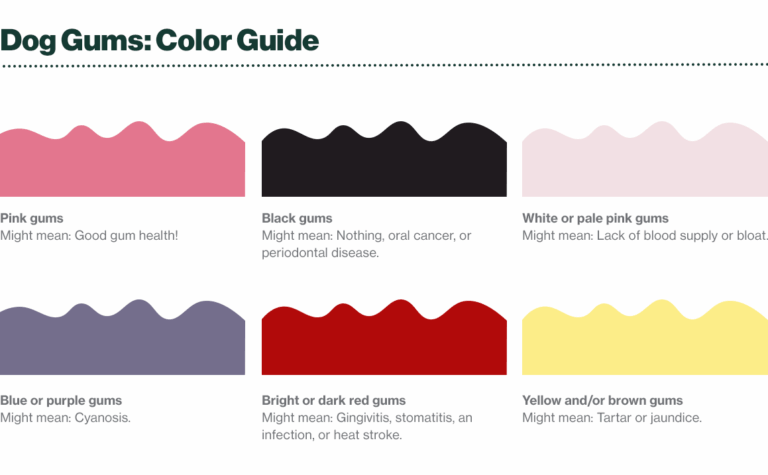
Black gums
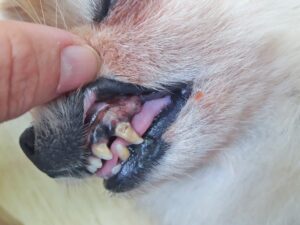
Black gums in a dog could be normal, or they could be an indicator of something serious. If your dog’s gums look black, and always have, then they might be a breed with darker-colored gums. This is common among dogs with darker snouts, lips, and tongues, like chows, shar-peis and black-mouth curs. Dogs of any breed may have black spots on their tongue and gums—all perfectly normal. If you notice the appearance of raised black spots that weren’t there before, this could be a sign of oral cancer. And if black spots are accompanied by terrible breath, it may indicate periodontal disease.
If you’re not sure what’s normal and not, ask your vet; this is good advice in general.
White or pale pink gums
Gums that appear paler than normal may indicate that they’re not getting enough blood supply.
Vets sometimes press on gums and see how quickly they return to their normal pink color for this very reason. White or very pale gums could be caused by anemia or blood loss, or a wide range of other conditions including bloat and shock, which require immediate veterinary attention.
Blue or purple gums
If your dog’s gums look blue or purple, that could mean they have a condition called cyanosis caused by low levels of oxygen in the blood. You may also notice skin on other parts of your dog’s body turning a bluish color. This is a serious condition, so be sure to get in touch with your vet if you suspect it.
Bright or dark red gums
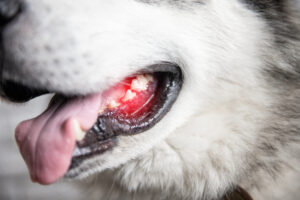
Redness or bleeding may indicate gum inflammation (gingivitis), an early sign of gum disease—or stomatitis, a more severe version of gingivitis that can extend to the tongue, lips, and other parts of the mouth.
A bright red color might also indicate exposure to a toxin, an infection, or that your dog is overheated. See your vet if you see red.
Yellow and/or brown gums
If you see yellow or brown in crusty form near the gumline, you may be dealing with tartar. Yellow gums can also mean jaundice, especially if the eyes, skin and ear flaps are yellow as well. Jaundice can indicate liver disease or other serious conditions. Have your vet take a look and advise you about what steps to take next.
Talk to your vet if you notice any growths on your dog’s gums, as these could be tumors or warts that might require treatment.
Signs of gum disease and periodontal disease
Generally speaking, you should pay close attention to and take note of any changes to your dog’s gums. And be on the lookout for unusual bad breath (despite the popularity of the expression “dog breath,” your dog’s default breath shouldn’t be noxious). Gum disease is much more common in dogs than in humans, and often progresses to an advanced stage before dog owners notice. The earlier you catch problems like gingivitis, the better. Advanced gum disease can cause painful, tougher-to-handle problems like jaw fractures and may require tooth extraction—but if you catch it early enough, your vet may be able to treat it with nothing more than a cleaning.
Preventing gum disease
As you might expect, the health of teeth and gums are closely linked. Brushing your dog’s teeth every day and having a veterinarian perform a dental checkup during an annual physical exam are two of the most important ways you can protect their teeth and gums and avoid any problems. Whether you have a puppy or a full-grown dog, you can get them used to daily brushing. Our guide can help. Just make sure to use dog-specific toothpaste and not the human stuff, which contains ingredients that are no good for our canine friends.
Another way you can help keep your dog’s gums healthy is by making sure they eat a healthy diet of fresh, whole meat and vegetables. Contrary to the enduring myth, crunchy kibble does not clean teeth or make for a healthy mouth; in fact, processed, starchy foods can end up feeding harmful bacteria in a dog’s mouth.
You pay attention to what goes into your dog’s mouth, and you can also make a positive impact on their life by occasionally checking out how it looks in there. When it comes to how much there is to learn from the appearance of your dog’s gums, color us impressed.
